5 Great Accessible Hobbies for Arthritic Hands
It won’t be long now before the evenings grow darker and the weather colder.
Sadly, that means we won’t have as long to relax outdoors and enjoy the sun but what it does mean is that we have more time to pick up an old but favourite hobby. Trouble is, with arthritic hands, our once-loved hobbies can become more difficult and at times, painful.
I’ve looked a little deeper into how small changes to some of the more favoured hobbies will allow you to carry on and enjoy.
Crochet & Knitting
When it comes to living with arthritis in your hands you might be surprised to know that both can be incredibly beneficial. They can act as an exercise for stiffness in your fingers and can help you improve dexterity as well as increase finger flexibility.
Making Crochet & Knitting More Accessible:
- Warm-up before: The warm-up is important whether you are an Olympic athlete or sitting in a comfortable chair about to Crochet a granny square. The best way to prepare is to rotate your wrists, stretch your fingers and get into a comfortable position.
- Wool over elastic: Wool is a lot more flexible than the synthetic yarns made from elastic and other materials these days. Your hands and wrists will thank you.
- Different needles: While you may like the slip of the metal needles and how cool they stay, they can be too heavy. This way wood or plastic needles would be more beneficial.
- Short Stints: Try to keep your sessions brief to start with. This will help you to avoid pain and tiring out. Over time, you will notice you can last for longer stints.
Painting
You can learn to paint at any time, there are a number of great classes to attend or online video tutorials to watch. I myself have tried to mimic Bob Ross and I must say, I was pleasantly surprised with the results. With painting, the finger/hand motion increases mobility and can help you improve dexterity.
Making Painting More Accessible:
- Warm-up before: Just like I mentioned above, warm-up is important. Rotate your wrists, stretch the fingers and make sure you are comfortable before you begin.
- Ergonomic brushes: There are easy-grip ergonomic/specialist paintbrushes that come with soft grips and large handles so you don’t need to grip hard or clench.
Colouring
There is no age limit when it comes to colouring, I myself am a big fan of the intricate colouring books out there, it’s relaxing and a hobby that actively promotes mindfulness. It can be incredibly beneficial for hand and wrist strength as well as for relaxation.
Making Colouring More Accessible:
- Warm-up: Never forget how important the warm-up is. Rotate the writes, stretch the fingers and make sure you are in a well-lit room and comfortable.
- Wrist rests: There are gel pads that you can get to rest your hand and wrists on so that there isn’t too much pressure on them.
- Break frequently: It’s important to take regular breaks, you may not think about it, but we put a fair bit of weight on our wrists and hands when we colour. When you lean heavier on a colouring pencil the colour is more vibrant. This is why breaks are important.
- Ergonomic pens & pencils: There are great grips out there now that you can buy and they are interchangeable so no matter what type of colouring pencil you own the grips will work on them all. You can find them in most stationery shops.
Reading
There is nothing better than getting lost in a good book. You can solve mysteries from 221b Baker Street, get creative with the Swiss Family Robinson or even follow the tales of buccaneers and buried gold on Treasure Island. During the lockdown, we couldn’t go anywhere but with a good book, it never felt like that.
For me, when I am stuck in the story, I forget about time and my surroundings, this can be difficult for those with arthritic hands as they may feel stiff and painful.
Making Reading More Accessible:
- Book support: I do prefer the real thing when it comes to reading so a book stand is a great investment. You can rest the book in the stand on a table, counter, or even your lap so your hands are not supporting the weight of the book.
- Audiobooks: With audiobooks, you don’t need to be sat in one place. You can ‘read’ while you cook, clean, or are out in the garden. This way you won’t risk getting stiff and uncomfortable from lack of movement.
- E-readers: Kindles and tablets are certainly lighter than books and can come with their own stands. One of the best things about E-readers is that you can enlarge the text to whatever size best suits you, so this makes for easier reading.
Cooking
Cooking can certainly be good for the soul. Working with spices and making works of art with food is a hobby shared by many. But we are all very aware of how difficult operating the kitchen can be for someone with arthritis. This is why we have the Uccello Kettle and many other accessible kitchen aids so that you don’t have to say goodbye to your favourite pastime or independence.
Making Cooking More Accessible
- Kitchen aids: There are many kitchen aids out there, one of which being the Uccello Kettle (opens in a new window). Whether you use it to make a cup of tea, cook the pasta or make a pot noodle. The Uccello Kettle is the ideal kitchen aid for arthritic hands. Watch this space for more amazing kitchen aids coming out from our team here at Uccello Designs (opens in a new window).
- Gell mats: If you know you will be standing for long periods of time in the kitchen (generally a tiled floor) there are anti-fatigue mats you can stand on to help relieve any pressure on your legs, hips, and back.
- Take a break: It’s always important to take regular breaks when in the kitchen. While you wait for the kettle to boil or the sauce to simmer, take regular breaks. Your body will thank you.
Should you or someone you know benefit from the easy pour Uccello Kettle (opens in a new window), you can learn more and purchase it directly from our website.






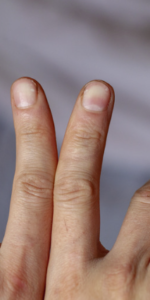

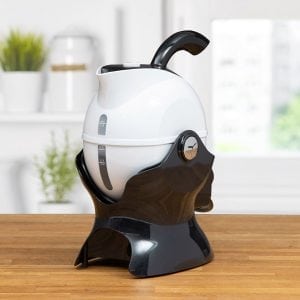
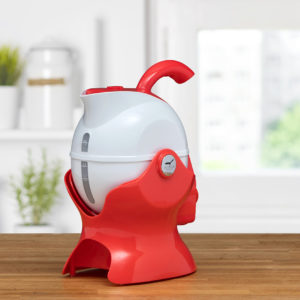
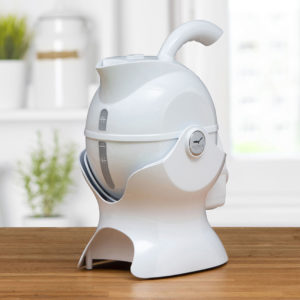
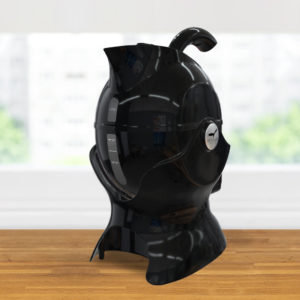

Leave a Comment